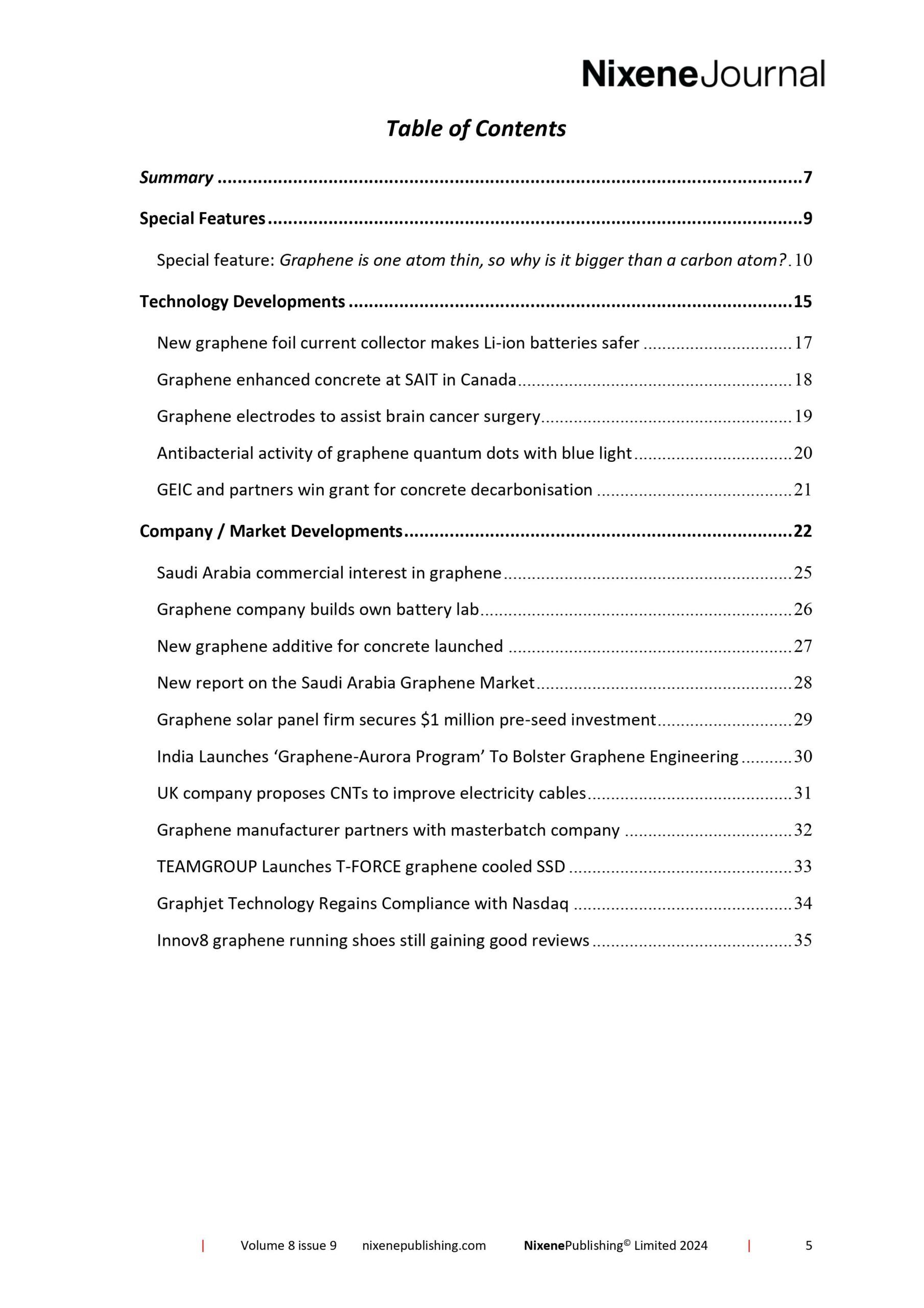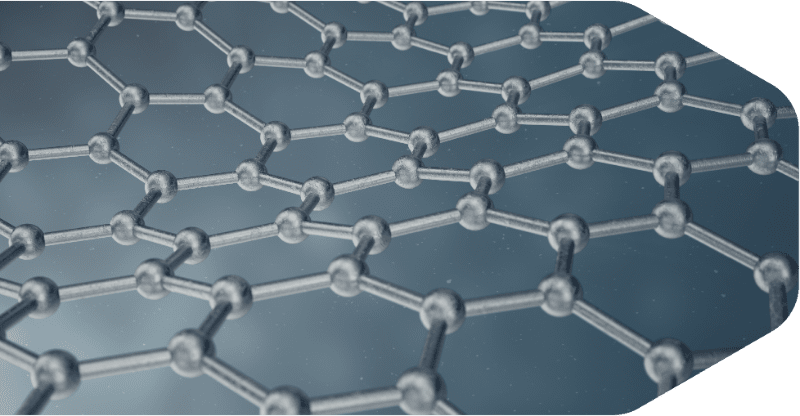Description
I get asked to be a technical advisor on different projects that concern graphene and 2D materials. Over the past few months, I have been reviewing two new books at the request of their authors. While doing this I discovered what I thought was a mistake by one of the authors. They described the diameter of a carbon atom as 0.14 nanometres (nm). Graphene is made of carbon atoms, and it is 0.335nm thick. After some research I discovered that this is one of those rare cases when both measurements are different, and both are correct. To find out more I recommend you read this month’s special feature and all with be explained.
In the research, medial trials are about to start in the UK at the Royal Salford Hospital. This will be to test graphene electrodes that help surgeons during brain cancer surgery. The electrodes act as sensors and emitters. This means the surgeons can send electrical signals into the brain tissue in the region of the cancer. By mapping the electrical response of the brain cells, they can determine which are healthy and which are cancerous. This should help surgeons remove the affected brain tissue and lead to better patient outcomes. We wish them well.
Also in the research, a highly thermally conductive graphene foil has been made in China. This is like the heat spreading foil used by Huawei for its smartphones (and we gather, in the next iPhone). The graphene foil is used as the current collector electrode. It has ten times better thermal conductivity than copper or aluminium. This conducts heat rapidly and when the batteries were pierced with a nail, they did not catch fire like the standard Li-ion batteries did. This improves the fire safety of lithium-ion batteries as well as reducing the dependence on critical materials such as copper.
We also explore the commercial interest in graphene of one of the world’s richest countries, Saudi Arabia. This was prompted by a speculative and rather vague market research report. We investigated this using our own information sources. We found two areas of active investment. Solar cell technology and polymer composites for construction. The composites activity is not publicly disclosed so we cannot share further details at present. There is also a wide range of research activity that we have covered in previous issues of the journal but none of this has transferred to the commercial domain as far as we can tell.
There are many more developments in the world of graphene and 2D materials this month so please do read on, dear reader…
Adrian Nixon
1st September 2024










